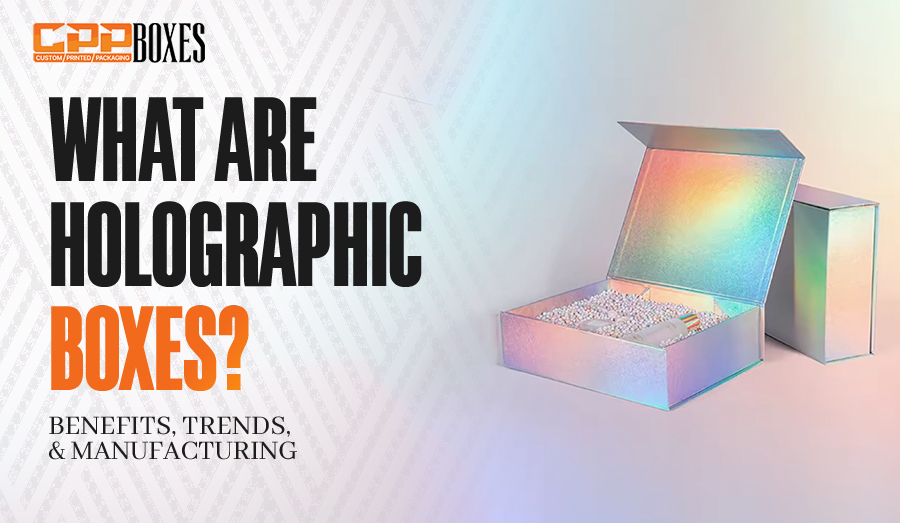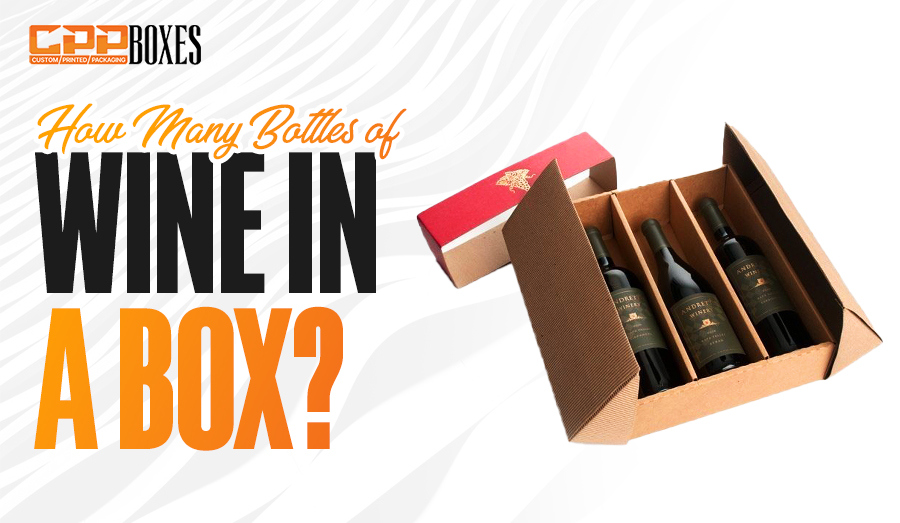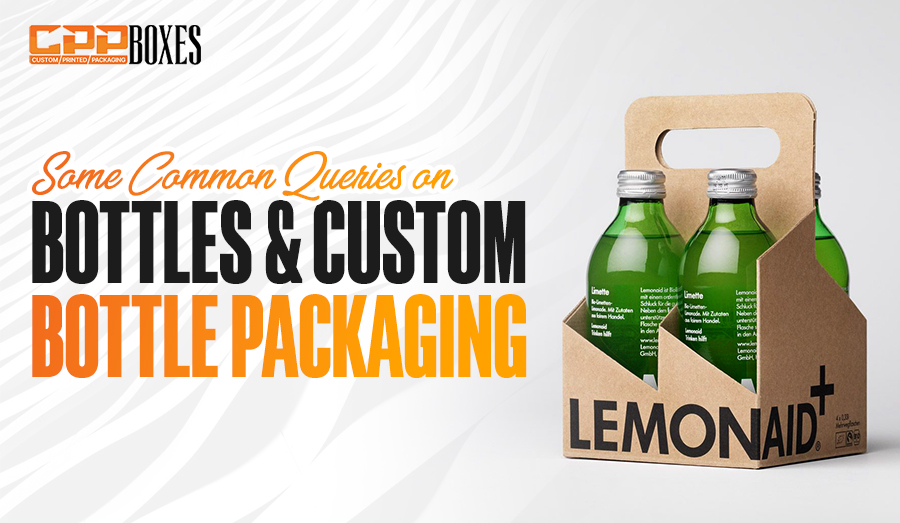- FREE SHIPPING On all orders
- SUPPORT 24/7 We support online 24 hours a Day
Whether you are a game designer, magician, collector, card enthusiast, or a brand producing custom playing cards, knowing the perfect card sizes is necessary to boost the gameplay experience, usability, comfort, and even the brand’s perception. Generally, 2.58 to 3.96-inch playing card sizes are widely accepted to ensure readability, easy handling, and perfect fitting in a deck of cards. However, these dimensions vary from one card type to another. For example, the standard poker card size is 2.5 to 3.5 inches, whereas, the standard tarot card dimension is 2.75 to 4.75 inches.
Besides these famous card types and dimensions, 100+ bespoke card sizes are also available to meet your custom needs and demands. So, do you want to explore different card sizes that can work best for your brand’s effective marketing or various use cases? Thoroughly read out this ultimate guide! Here, we have discussed everything in detail. Whether you want to know about the commonly used card dimensions, specialty sizes, custom options, or need to explore how to choose the best card dimension to maximize your brand’s visibility, we have shared all the insights in this comprehensive blog post. So, scroll down, and let’s get started.
 A deck of playing cards usually contains 52 cards with 2 additional jokers. Hence, a total of 54 cards, featuring 4 suits, is typically present in a card deck. Interestingly, the standard measurements of a deck of cards are the same as that of individual cards (2.5 width, 3.5 height, 0.5 to 1 inch thickness). Therefore, it’s essential to consider each card’s dimension and ensure a perfect fitting in a card deck. Here is a breakdown of all the vital measurements that you must not overlook while designing custom playing cards:
A deck of playing cards usually contains 52 cards with 2 additional jokers. Hence, a total of 54 cards, featuring 4 suits, is typically present in a card deck. Interestingly, the standard measurements of a deck of cards are the same as that of individual cards (2.5 width, 3.5 height, 0.5 to 1 inch thickness). Therefore, it’s essential to consider each card’s dimension and ensure a perfect fitting in a card deck. Here is a breakdown of all the vital measurements that you must not overlook while designing custom playing cards:
It’s the horizontal measurement of a card when it’s placed in an upright position, also called portrait orientation. The standard card width is 2.5 inches or 63mm. Considering the width of playing cards is important to boost grip comfort and influence shuffle-ability. It also affects the layout for design and artwork to provide the best opportunities to display your brand’s marketing details.
When placed in an upright position, height is defined as the vertical measurement of a playing card. Along with width, the card’s height is considered one of the key dimensions to define playing card sizes. The standard height of cards is 3.5 inches or 88mm.
Instead of sharp 90 ° angles, corner radius refers to the rounded corners at the edges of playing cards. Most of the poker, tarot, or many more famous card types usually come in this shape to improve card handling and aesthetic appeal. Typically, the poker card sizes, bridge-size cards, and many more playing card types have a standard 1/8 inch corner radius.

Referring to a single card’s density, the card thickness is the distance between the front and back surfaces of the cards. It significantly impacts the printing quality, longevity, and card’s durability. Pt and GSM are usually used to determine card thickness. Different card types have different card thicknesses. However, the standard poker card size has 11-12 pt or 300-310 GSM card thickness to ensure high quality, durability, and ultimately the card’s performance.
Being the proportional relationship between the width and height of custom playing cards, it’s usually expressed as a ratio of width to height. It defines the shape of cards regardless of their actual size. A perfect aspect ratio ensures design consistency and keeps cards compatible with packaging sleeves and boxes. Different cards have different aspect ratios. However, the standard ratio is considered 5:7 or 0.714.
It’s the extra margin of artwork or background color that extends beyond the finished or trimmed size of custom playing cards. A perfect bleed area ensures a clean, edge-to-edge print, especially for cards with a full background. For standard poker card sizes that are 2.5 to 3.5 inches, the recommended bleed area is 1/8 inch.
Also called the safety margin or inner margin, the safe zone is defined as the area inside the trim line of a custom playing card. It’s important to provide a balanced and professional look to the cards by ensuring that all the essential information is printed on the card. Anything outside the safe zone is more likely to be cut during the trimming process. Usually, it is 1/8 inches or ~ 3mm inside the trim line on all sides.


Here is a brief overview of all the most famous playing card types along with their standard dimensions. Let’s have a look at them for a better understanding:
These are standard playing card types, specifically designed and sized for special games, such as Poker, Blackjack, and Texas Hold 'em. The following are the standard dimensions highly recommended for creating the best-quality custom poker-sized cards:
They are also standard types of custom playing cards that are slightly narrower than poker card sizes. Bridge cards are specifically designed for games where players can hold a large number of cards at a time. Bridge, Heart, Spades, Euchre, and many more such games are commonly played by bridge card sizes. Their standard dimensions are listed below. Have a look at them:
They are specialized decks of cards, traditionally used for fortune-telling, divination, and self-reflection. Unlike ordinary playing cards, they are not used for games. That’s the reason, a single deck of these cards contains around 78 cards with highly visible imagery. Tarot cards are usually divided into two types: the major arcana and the minor arcana. Major has a total of 22 cards, whereas, the minor one is broken down into 4 suits similar to the regular playing cards, and contains 56 cards. Here is a list of standard tarot card dimensions. Check them out for a better understanding:
Being the smaller versions of standard poker cards, the mini cards are highly used for Poker, UNO mini, Go Fish, Solitaire, and many more card games. They are mainly used for custom board games and play-and-print games. Mostly people carry mini cards for travel games and get the most out of their travel experiences. The standard dimensions of custom mini-cards are listed below. Give them a once-over to make an informed decision next time:
They are the largest versions of standard poker-size cards. Like tarot cards, they also come in two main versions; one is jumbo-index cards featuring extra-large numbers or suits for better readability. The other is jumbo-sized cards that are physically slightly larger than the standard poker-size cards. They are highly used in brand promotions, giftings, children’s games, magic, and stage performances. Here is a breakdown of the accepted card size for both jumbo-index and jumbo-sized cards. Let’s give them a read:
Custom Jumbo-Index Card Sizes:
Jumbo-Sized Cards:
Similar to tarot cards, oracle cards are also used for divination purposes. Typically, 30 to 60 cards are placed in a deck of oracle cards. Their structure is freeform, no traditional suits or arcana are present. Usually, oracle cards come in various eye-catching thematic, symbolic, and highly visual designs. People often use them for meditation, reflection, coaching, therapy, wellness, and many more such purposes. The following list includes the basic dimensions of Oracle cards. Have a look at them and explore the distinct measurements of these cards:

These are specialized decks of playing cards that are used for playing the game of pinochle, a trick-taking game that originated in Europe and became significantly popular in the USA. Typically, 48 cards are present in each deck of pinochle cards, and each card of all the suits is duplicated as well. These premium-quality cards stand out for their focused use, cultural legacy, and unique deck structure. Check out the unique dimensions of pinochle cards and boost your understanding regarding playing cards' standard sizes:
They are a wonderful part of the Pokemon Trading Card Game (TCG), a collectible card game based on the iconic Pokemon franchise. Unlike ordinary playing cards, pokemon cards feature various Pokemon characters, trainers, energy factors, and many more Pokemon-related features and characters. Based on the images imprinted on cards, custom Pokemon cards are divided into various types, such as basic, energy, trainer, and many more card types. A short overview of Pokemon card dimensions is given in the following list. Have a look at them:
These bespoke playing cards are uniquely designed to perfectly meet the specific needs of different games, brands, and individuals’ requirements. Custom game cards are ideal for game designers, educators, and card enthusiasts to design games the way they want. These amazing cards always come with distinct designs to impress others. Brands are also allowed to use these cards for promotional and gifting purposes. Give a once-over to the unique dimensions of custom-printed game cards and set yourself apart from others:
Custom game cards are available in countless simple and unique shapes to attract people and help you cast a lasting mark. Whether you want oval, circular, square, rectangular, diamond, heart, or any other unique shape for playing cards, custom game cards are the go-to option.

Want to boost the card-playing experience of people and ultimately boost your brand’s sales? Focus on the card stock used in making playing cards and their thicknesses. The type of cardstock means a lot in determining the quality and tactile feel of custom playing cards. Therefore, browse through a wide variety of the most popular cardstock types and their thicknesses to create the best-quality cards at wholesale prices. A few of these amazing options are discussed here. Check them out to make an informed decision next time:
Ideally available in 12-13 pt or 310- 330 GSM, it is a triple-layered cardstock with an opaque black inner corner to prevent light transparency.
This double-layered cardstock material is available in 11.8 to 12 pt or 300 to 310 GSM. This premium-quality material has a central blue layer for opacity and durability.
In contrast to black or blue cardstock, white-core cardstock is less opaque. It is a basic playing card stock, often available in 10 to 11.8 pt or 280 to 300 GSM.
It can either be a black or a blue cardstock option, often finished with textured paper to enhance the tactile feel, gripping, and luxurious look of the playing cardstock. GSM is the same, just a textured layer is added that causes a minimal increase in thickness.
Like embossed cardstock, the glossy or matte cardstock materials also contain black or blue cardstock, often coated with best-quality glossy or matte finishes. These coatings add a minimal thickness, vibrant visual appeal, and a premium look to the playing cards.
This cost-effective cardstock material is highly preferred for making playing cards used for educational or casual purposes. The approximate thickness of SS28 is 11.02 pt or 280-290 GSM.
Offering non-reflective and soft finishing, this premium-quality material stands out for reducing glare and increasing readability. Void of the core layer, CM29 is often chosen to give a more professional look to custom playing cards. Classic matte is typically available in 11.42 pt or 290 to 300 GSM.
Featuring an ultra-smooth velvety finish, this top-rated cardstock material has the finest velvety finish to give a premium feel to the touch. This premium material is often available with black or blue core to prevent transparency. Usually, the ST33 is available in 12.99 pt or 320 to 340 GSM. Silk touch cardstock is highly preferred for deluxe tarot decks, collectors’ items, and premium game cards.
So, be conscious while choosing the cardstock material for making high-end playing cards. Always prefer the material that ensures durability, sustainability, and luxury visual appeal for custom-printed playing cards.
The gaming industry is one of the flourishing industries. That’s why playing cards are highly purchased throughout the globe. Therefore, you must pay heed to the perfect designing and shaping of custom-printed playing cards. Make sure their dimensions are properly measured to give a clean and professional look. At CPP Boxes, we have an endless variety of custom playing cards, available in variable sizes and offer different functions. Reach out to us at 888-395-0493 or quotes@cppboxes.com and let’s get started for creating the top-notch custom-printed playing cards at wholesale rates.
GET YOUR QUOTE






Blake Harper is an experienced and dedicated packaging engineer with a deep passion for creating innovative, sustainable, and cost-effective packaging solutions. He holds a degree in Packaging Engineering, where he gained a strong foundation in materials science, product design, and manufacturing processes. With years of hands-on experience, Blake has honed his skills in optimizing packaging designs for a wide range of industries, including consumer goods, electronics, and food packaging.
Currently, Blake has been with CPP Boxes, a leading packaging solutions provider, for several years, where he has played a key role in designing packaging that balances functionality, cost efficiency, and sustainability. His work at CPP Boxes has involved designing protective packaging, improving supply chain logistics, and developing eco-friendly solutions that reduce waste and environmental impact.
Blake's expertise lies in selecting the right materials, creating structural designs that maximize protection and minimize costs, and ensuring that packaging meets both consumer expectations and industry standards. His approach integrates creativity with technical know-how, always striving for solutions that are both practical and innovative.
Passionate about environmental sustainability, Blake is always exploring new ways to incorporate eco-friendly practices into his work. He is committed to advancing packaging technologies and methodologies that reduce waste, improve recyclability, and contribute to a more sustainable future. Throughout his career, Blake has become known for his strong problem-solving skills, attention to detail, and his ability to collaborate effectively with cross-functional teams to meet project goals.